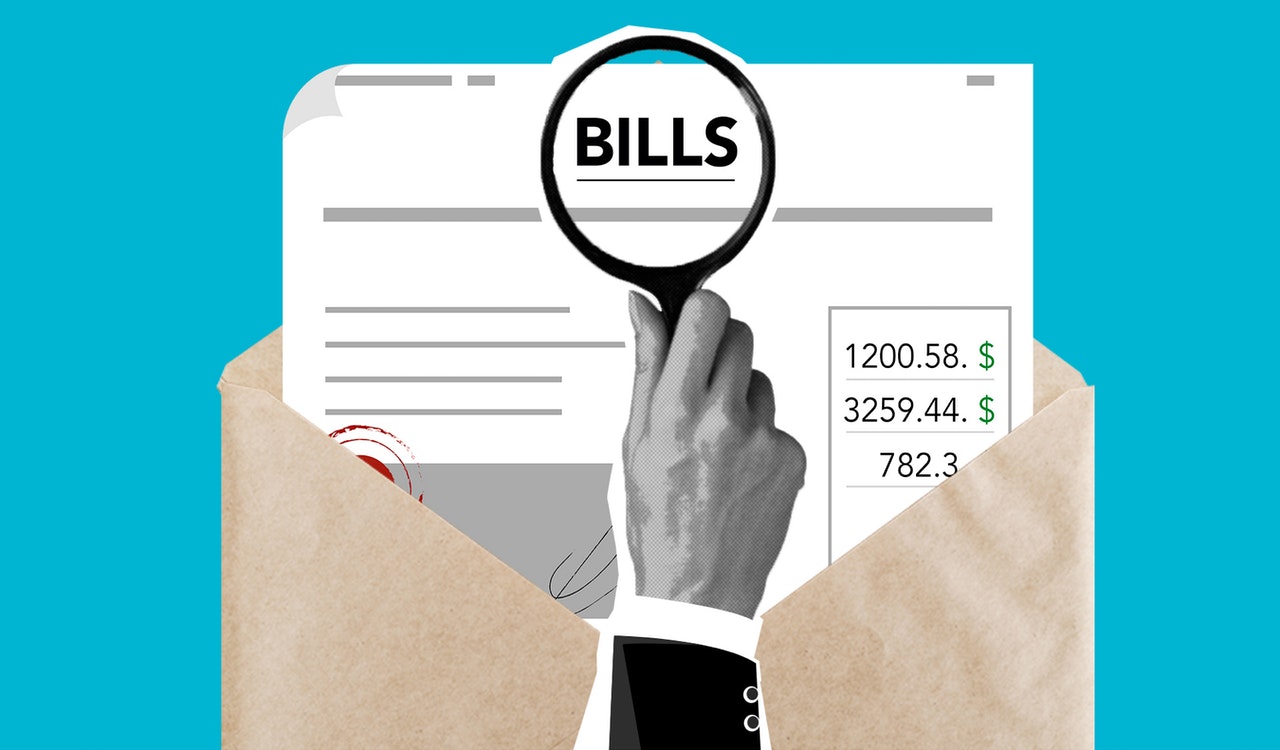Lean Operations in 2022: What Waste and Profit Reviews Can Do For Your Business
There’s an old adage: “You need to spend money to make money.” It’s true, profitability and expenditure go hand in hand in business. But just because you need to spend money to set your business up for success, doesn’t mean you need to spend more than is necessary. That’s where a waste and profit review can be useful.
What is a waste and profit review?
A waste and profit review (also called a waste and profit improvement review) looks at how efficiently your business expenses are being used to generate profits. It considers alternatives to your current costs to see how you can reduce your overhead costs while maintaining (or improving) your profits.
Running as lean as possible: How do you determine which overheads to cut in a waste and profit review?
If there was a one-size-fits-all answer to this question, waste and profit reviews wouldn’t exist. The reality is that the costs you need to incur to run as profitably and efficiently as possible will vary from business to business.
But there are key questions you can ask to determine which of your overheads and operating costs you can cut or adjust in a waste and profit review:
Which costs can you cut or reduce without impacting your sales?
Reducing your overheads will only help you increase your profits if you can decrease costs while maintaining your sales (read more on this here). Any reduction in costs that will impact the quality of your product/services may result in a combination of increased turnover of customers, fewer sales, increased costs associated with customer management (potentially), decreased market share, or you may need to reduce your prices to reflect the lower quality. These outcomes all negatively impact your profits. You need to keep this in mind when determining which costs you can cut or reduce.
Do you understand the relationship between staffing costs and profitability at your business?
Staffing costs are directly tied to profitability in almost every business. In warehouses, retail stores, restaurants, law firms, or any business that relies on customer service, you need to strike a balance between losing profits as a result of lost sales and customer turnover due to understaffing and losing profits due to overstaffing or poor staffing allocation. It takes time, analysis, experience, and (sometimes) experimentation to strike that ‘just right’ balance for maximum efficiency. Often focussing on cutting staffing is not the answer. It could be the staffing levels are okay but there are efficiency or productivity gains to be made which will generate more profit from the same staffing level. This could be anything from offering new services, focus on selling or delivering a higher margin service or product, or training staff to do their work more productively.
Are there ways you could better spend money to make money?
If you are in an industry that has a high cost of goods sold, then reviewing your suppliers against competitors can lead to large cost savings. The key consideration is making sure you are not sacrificing the quality of the end product for price savings. For instance, if you are using materials or raw ingredients in your products, pricing can vary significantly between suppliers in certain product lines. Wastage is another area that a lot of businesses neglect. Simply measuring and managing waste can improve profit, especially if this has not been done previously.
When it comes to overhead management, quite often we see clients who have not reviewed their prices or suppliers in quite a number of years. This does not have to be overly onerous, but should be focused on the highest expense items in the business. For example, if electricity is one of your major expenses there are a number of ways to save on these costs. Getting quotes from alternative suppliers is really easy. Also with the push towards greener alternatives, some expenditure can result in long-term savings. Consider the cost of LED energy star light bulbs, which use 90% less energy than incandescent bulbs and last 15 times longer. The modest upfront expense on LED bulbs can save significant amounts of money on utilities bills. This same approach can be used to consider the way money is being spent on telecommunications, subscriptions, insurance, and most other expense items.
Set Yourself Up for 2022 With a Risk-Free Waste and Profit Reviews
Sharp Accounting offers risk-free waste and profit reviews to businesses. If we aren’t able to save a minimum of 5% of your total overhead expenses in your business, you won’t be charged for the waste and profit review.





